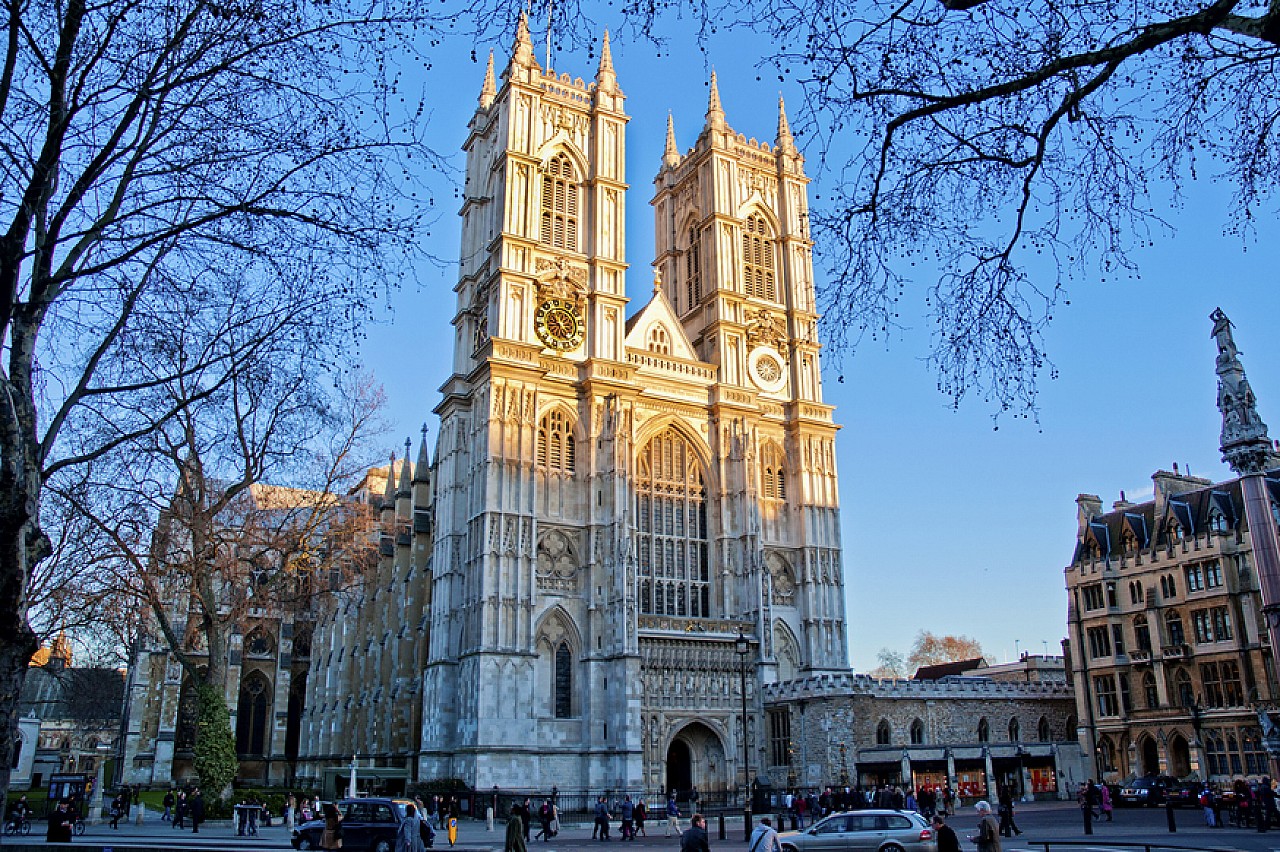Westminster Abbey is embarking on an exciting new project to build a new museum and gallery: The Queen's Diamond Jubilee Galleries, in the Abbey's medieval triforium.
The gallery runs 70 ft above the Abbey floor, and has been hidden to the public for over 700 years. The new galleries will give visitors magnificent views to the Palace of Westminster and into the church, displaying treasures and collections reflecting the Abbey's rich and varied thousand-year history.
Getting Help and Assistance
- There is a member of staff available for help and assistance.
- Staff do not receive disability awareness/equality training.
- Staff do not receive Deaf Awareness training.
- There is not a member of staff trained in British Sign Language.
- The alternative formats documents can be provided in include; Braille, large print, different languages and audio.
- There is not an assistance dog toilet or toileting area at the venue/near by.
- Water bowls for assistance dogs are not available.
- There are mobility aids available.
- The mobility aids available include wheelchairs.
- To obtain mobility aids please contact the Visitor Information Desk or a member of the Abbey staff.
The Visitor Route
- After the ticket offices at the Great North Door, visitors follow a set route around the Abbey.
- This starts in the nave towards the Great West Door then heads east through the Quire.
- It then follows the ambulatory past the side chapels to Henry VII's Lady Chapel and continues to Poets' Corner.
- Visitors who can manage steps are then directed into the Cloisters.
- The Cloisters give access to the Chapter House, Pyx Chamber, College Garden, and the Cellarium Café and Shop.
- The accessible and standard toilets and baby change facilities are also located off the Cloisters.
- Visitors then return to the Abbey nave using further steps before leaving by the Great West Door.
- Visitors with mobility difficulties are advised to complete their tour of the Abbey before leaving by the Great West Door.
- There is a step free route into the Cloisters using the Dean's Yard entrance.
- This is reached using the footpath through the archway from The Sanctuary into Dean's Yard.
- There is a level path on this route.
Reception (Ticket Office)
- The reception point is located between the second and third doors at the Great North Door - Visitor Entrance.
- The reception point is approximately 2m (2yd 7in) from the Great North Door - Visitor Entrance.
- The reception area/desk is clearly visible from the entrance.
- There is step free access to the reception point.
- There is a clear unobstructed route to the reception point.
- There are windows, TVs, glazed screens or mirrors behind the reception point which could adversely affect the ability of someone to lip read.
- The reception counter is not placed in front of a background which is patterned.
- The lighting levels at the reception point are good.
- The height of the reception counter is medium height (77cm - 109cm).
- There is sufficient space to write or sign documents on the counter.
- There is not a lowered section of the counter.
- The counter is staffed.
Inside Access
Access and Circulation
- There is step free access throughout the majority of the building.
- The type of flooring in corridors/walkways is tiles and stone.
- There is some flooring in corridors/walkways with large, repeating patterns that incorporate bold contrasting colours or simulate steps.
- The lighting levels are varied.
The North Ambulatory and Chapels
- The Ambulatory is the walkway leading around the outside of the High Altar and the Shrine of Edward the Confessor.
- Following the Ambulatory towards the east end, there are a series of side chapels off to the left.
- There is level access into St Michael's Chapel.
- There is an archway with two uneven, marked steps up into the Chapel of St John the Baptist.
- There are no handrails at the steps.
- On the right of the Ambulatory is a wooden staircase leading to the Shrine of Edward the Confessor.
- The shrine is not open to the general public but is available for private prayer by prior arrangement.
- There are 10 medium, unmarked steps up to the shrine with a steep ramp at the top.
- The stairs have handrails to both sides.
- There are additional images of St John's Chapel and a film about the shrine on the audio guide.
- The last chapel on the left is St Paul's.
- There is a short easy slope to enter this chapel.
Henry VII's Lady Chapel
- Henry VII's Lady Chapel is located at the east end of the Abbey.
- There are 12 medium steps up, with the first and last steps marked.
- There is a handrail to the right of the left hand section of the stairs.
- There are a further three steps up at the top into the main chapel or the side chapels and several single steps within the main chapel.
- The side chapels include the tombs of Queen Elizabeth I, Mary I and Mary Queen of Scots.
- The route around these tombs is very narrow - less than 55cm - in places.
- Visitors who are unable to access the Lady Chapel can view a short film on the audio guide.
The South Ambulatory and Chapels
- After the Lady Chapel, the Ambulatory continues around the shrine towards the west of the Abbey.
- To the left of the Ambulatory as you follow the set route, there are entrances into two further side chapels.
- There are three shallow, marked steps up to enter the Chapel of St Nicholas.
- There is a very worn, deep step at the entrance to the Chapel of St Edmund.
- There are additional single steps within the chapel.
South Transept and Aisle
- From the South Ambulatory, the set route continues through Poet's Corner to the South Transept.
- There is seating without armrests in the South Transept.
- From here, visitors who have no difficulty using the stairs continue the tour by entering the Cloisters by the door on the left and re-enter the Abbey by a second door with steps.
- Please see the guide to the Cloisters for details.
- All visitors leave the Abbey by the Great West Door.
- This is also the accessible route to the Cloisters.
Accessible Toilet(s)
- The nearest accessible toilet(s) is/are located off the Cloisters.




